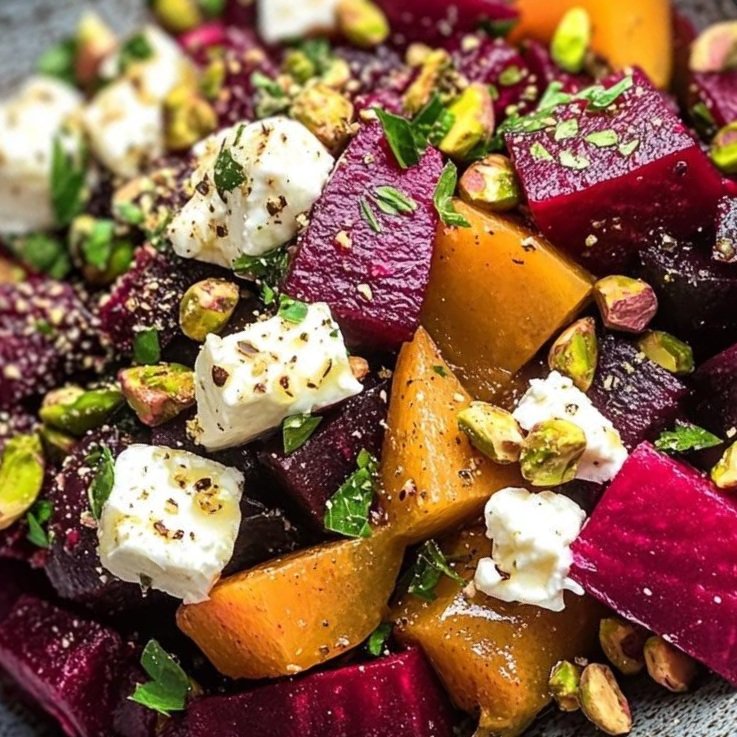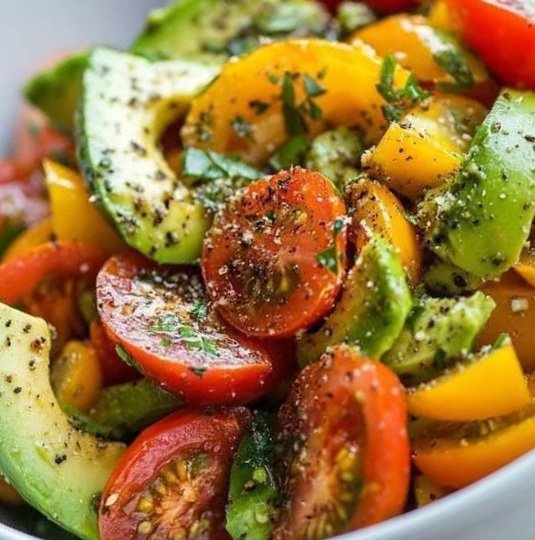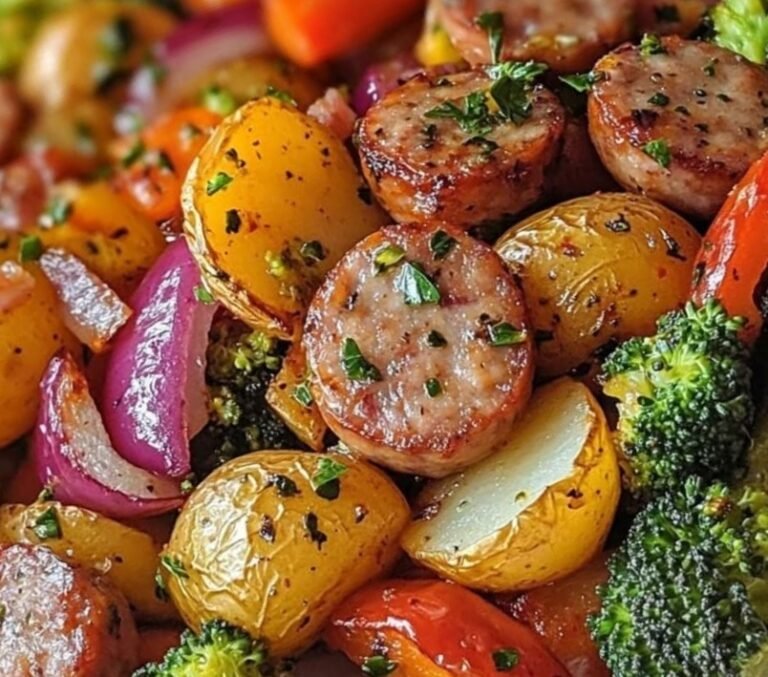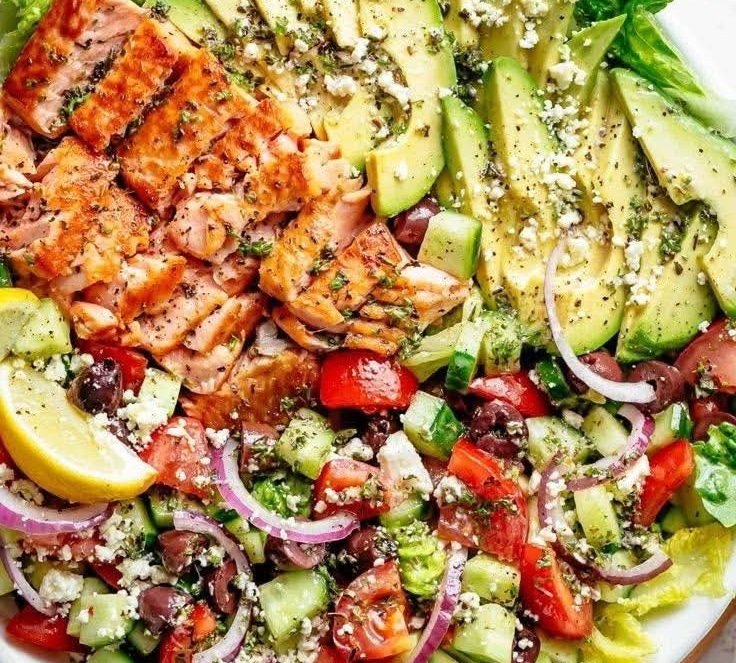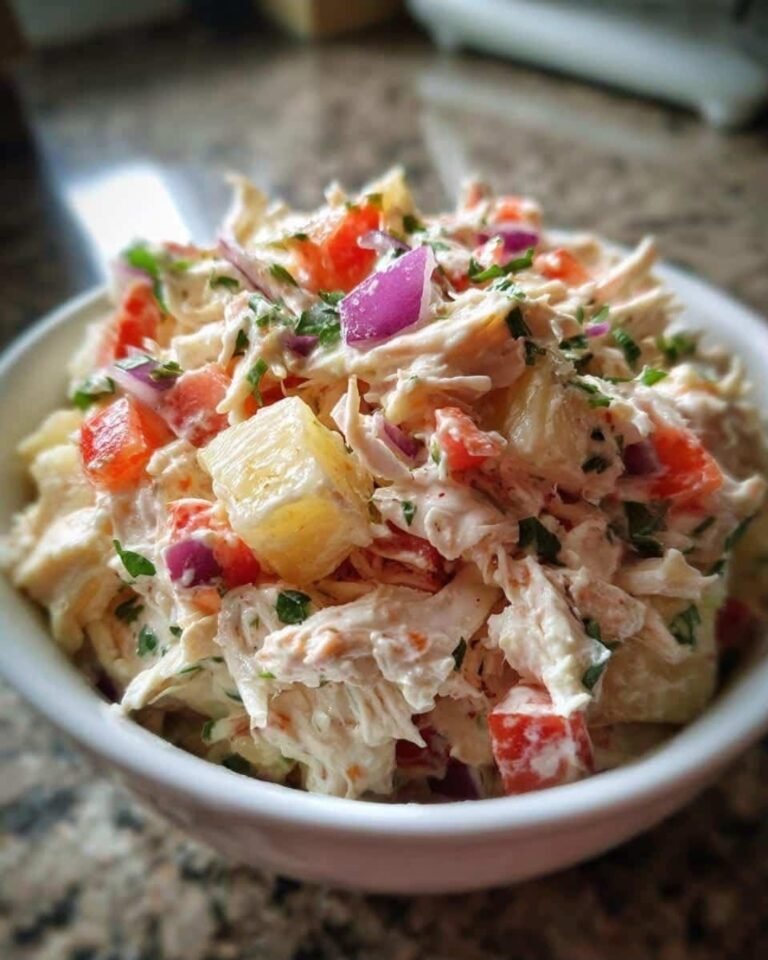Hummus Fatteh (فتة الحمص): A Vibrant Middle Eastern Delight

Hummus Fatteh, or Fattet Hummus, is a beloved Middle Eastern dish that combines layers of creamy chickpeas, tangy yogurt, crispy toasted bread, and nutty garnishes into a symphony of textures and flavors. This traditional Levantine recipe, often enjoyed as a breakfast or appetizer, is both comforting and refreshing, with its cool yogurt sauce and warm, spiced chickpeas. Perfect for sharing with family or serving at a gathering, this dish is as versatile as it is delicious. Whether you’re new to Middle Eastern cuisine or a seasoned fan, this Hummus Fatteh recipe will guide you through creating an authentic, crowd-pleasing dish that’s simple to prepare and bursting with flavor.
Prep Time: 15 minutes
Cook Time: 10 minutes (if using canned chickpeas; longer if cooking dried chickpeas)
Total Time: 25 minutes
Servings: 4–6
Difficulty: Easy
Why You’ll Love Hummus Fatteh
Hummus Fatteh is a celebration of simple ingredients transformed into something extraordinary. The creamy yogurt-tahini sauce, infused with garlic, complements the tender chickpeas, while the toasted bread adds a satisfying crunch. Finished with a sprinkle of fresh parsley and toasted nuts, this dish is a feast for both the eyes and the palate. It’s quick to assemble, customizable, and perfect for any time of day—whether as a hearty breakfast, a light lunch, or a shareable appetizer at your next gathering. Plus, it’s a fantastic way to explore the vibrant flavors of Middle Eastern cuisine right in your own kitchen.
Ingredients for Hummus Fatteh
To create this delightful dish, you’ll need a handful of fresh and pantry staples. Each ingredient contributes to the dish’s rich, layered profile.
- 4 cups boiled chickpeas (about 2 cans, 15 oz each, drained and rinsed): The hearty base of the dish, providing protein and texture.
- 2 cups plain Greek yogurt (full-fat recommended): Adds a creamy, tangy layer.
- 2 cloves garlic, finely minced or crushed: Infuses the sauce with bold, aromatic flavor.
- 2 tablespoons tahini (sesame paste): Brings a nutty, slightly earthy depth to the yogurt sauce.
- Kosher salt, to taste: Enhances the flavors and balances the tanginess.
- 1 loaf pita bread (or flatbread), toasted and broken into bite-sized pieces: Provides a crispy, crunchy base.
- 2 tablespoons finely chopped fresh parsley: Adds a burst of color and freshness as a garnish.
- 2 tablespoons toasted almonds (slivered or sliced): Contributes a nutty crunch.
- 2 tablespoons toasted pine nuts: Adds a rich, buttery texture to the garnish.
- Optional: A drizzle of extra-virgin olive oil or a pinch of sumac for extra flavor.
Equipment Needed
- Medium mixing bowl (for yogurt sauce)
- Large serving dish or deep platter
- Small skillet (for toasting nuts, if not pre-toasted)
- Colander (for rinsing chickpeas)
- Measuring cups and spoons
- Garlic press or mortar and pestle (optional, for crushing garlic)
- Baking sheet (if toasting bread in the oven)
Step-by-Step Instructions for Hummus Fatteh
Follow these detailed steps to create a stunning Hummus Fatteh that’s as authentic as it is delicious. The process is straightforward, with tips to ensure a perfect result.
- Prepare the Yogurt-Tahini Sauce
In a medium mixing bowl, combine the Greek yogurt, tahini, minced garlic, and a pinch of kosher salt. Whisk until the mixture is smooth and fully blended, with a creamy, pourable consistency. Taste and adjust the seasoning, adding more salt or a touch more tahini for extra nuttiness if desired. Set the sauce aside to let the flavors meld while you prepare the other components. - Toast the Bread
If your pita bread or flatbread isn’t already toasted, preheat your oven to 375°F (190°C). Cut or tear the bread into bite-sized pieces and spread them on a baking sheet. Drizzle lightly with olive oil (optional) and bake for 8–10 minutes, or until golden and crispy. Alternatively, you can toast the bread in a dry skillet over medium heat, stirring frequently, until crisp. Set the toasted bread aside to cool slightly. - Prepare the Chickpeas
If using canned chickpeas, drain and rinse them thoroughly under cold water to remove excess sodium. For a more authentic touch, warm the chickpeas gently in a small saucepan over low heat with a splash of water or broth for 5 minutes—this enhances their texture and makes them more receptive to the sauce. If using dried chickpeas, soak and cook them in advance until tender (this can take 1–2 hours after soaking). Drain and set aside. - Toast the Nuts (If Needed)
If your almonds and pine nuts aren’t pre-toasted, heat a small, dry skillet over medium heat. Add the almonds and pine nuts, stirring frequently, for 2–3 minutes until golden and fragrant. Watch closely to prevent burning, as pine nuts toast quickly. Transfer the nuts to a plate to cool. - Assemble the Fatteh
In a large, deep serving dish or platter, create the first layer by spreading the toasted bread pieces evenly across the bottom. Next, spoon the warm or room-temperature chickpeas over the bread, distributing them in an even layer. Pour the yogurt-tahini sauce over the chickpeas, using a spatula to spread it gently until it covers the chickpea layer completely. The sauce should seep into the chickpeas and bread, creating a cohesive, creamy texture. - Garnish and Serve
Sprinkle the finely chopped parsley over the top for a pop of green, followed by the toasted almonds and pine nuts for crunch. For an extra touch of elegance, drizzle with a thin stream of extra-virgin olive oil or dust with a pinch of sumac for a tangy, citrusy note. Serve the Hummus Fatteh immediately while the bread retains some crunch, or let it sit for 10–15 minutes for a softer, more melded texture, depending on your preference. This dish is traditionally served cold or at room temperature, making it perfect for warm days or make-ahead meals.
Tips for Perfect Hummus Fatteh
- Chickpea Options: Canned chickpeas are convenient, but cooking dried chickpeas from scratch yields a softer, more flavorful result. Add a pinch of baking soda to the soaking water to soften the skins.
- Bread Variations: Traditional recipes use pita or flatbread, but you can experiment with stale sourdough or even fried bread for a richer texture.
- Sauce Consistency: If the yogurt sauce is too thick, thin it with a tablespoon or two of water or lemon juice. For a tangier sauce, add a squeeze of fresh lemon.
- Make Ahead: Prepare the yogurt sauce and toast the bread and nuts up to a day in advance. Assemble just before serving to maintain the bread’s crunch.
- Storage: Hummus Fatteh is best enjoyed fresh, but leftovers can be refrigerated in an airtight container for up to 2 days. Note that the bread will soften over time.
- Customizations: Add a sprinkle of paprika, za’atar, or chili flakes for extra flavor. For a heartier version, include a layer of spiced ground meat or roasted vegetables.
Cultural Context and Serving Suggestions
Hummus Fatteh is a staple in Levantine cuisine, particularly in Syria, Lebanon, Jordan, and Palestine, where it’s often served during Ramadan, family gatherings, or as a communal breakfast dish. The word “fatteh” comes from the Arabic term for “crushed” or “crumbled,” referring to the broken bread that forms the base. This dish is all about layering contrasting textures and flavors, making it a perfect canvas for creativity.
- Traditional Pairings: Serve with a side of pickled vegetables (like turnips or cucumbers) and extra pita bread for scooping.
- Modern Twists: Pair with a fresh tabbouleh salad or a bowl of lentil soup for a complete Middle Eastern-inspired meal.
- Beverage Match: Enjoy with a glass of chilled mint lemonade or a cup of strong Arabic coffee to complement the dish’s richness.
- Presentation: Serve in a wide, shallow dish to showcase the vibrant garnishes, and encourage guests to dig in with spoons or pita bread.
Why This Recipe Stands Out
This Hummus Fatteh recipe is a love letter to Middle Eastern comfort food. It’s quick to prepare, requiring minimal cooking, yet delivers a complex interplay of creamy, crunchy, and nutty elements. The dish is naturally vegetarian and packed with protein from the chickpeas and yogurt, making it a nutritious option for meatless meals. Its versatility—served cold or at room temperature—makes it ideal for everything from casual brunches to festive celebrations. Plus, it’s a fantastic way to introduce friends and family to the joys of Levantine cuisine.
Nutritional Information (Approximate, per serving)
- Calories: 350–400 kcal
- Protein: 15g
- Fat: 20g
- Carbohydrates: 35g
- Sodium: 600mg
Note: Nutritional values vary based on portion size and specific ingredients used.
Final Thoughts
Hummus Fatteh is more than just a recipe—it’s a celebration of Middle Eastern hospitality and flavor. With its creamy yogurt sauce, tender chickpeas, and crunchy garnishes, this dish is as satisfying to make as it is to eat. Whether you’re hosting a gathering or simply craving something new, this recipe will transport your taste buds to the heart of the Levant. So, gather your ingredients, layer up those flavors, and savor the magic of Fattet Hummus!
Have you tried Hummus Fatteh before, or do you have a favorite Middle Eastern dish? Share your thoughts in the comments below, and don’t forget to tag us on social media with your culinary creations!
#HummusFatteh #MiddleEasternCuisine #FattetHummus #VegetarianRecipes #EasyAppetizers #LevantineFlavors #ComfortFood
